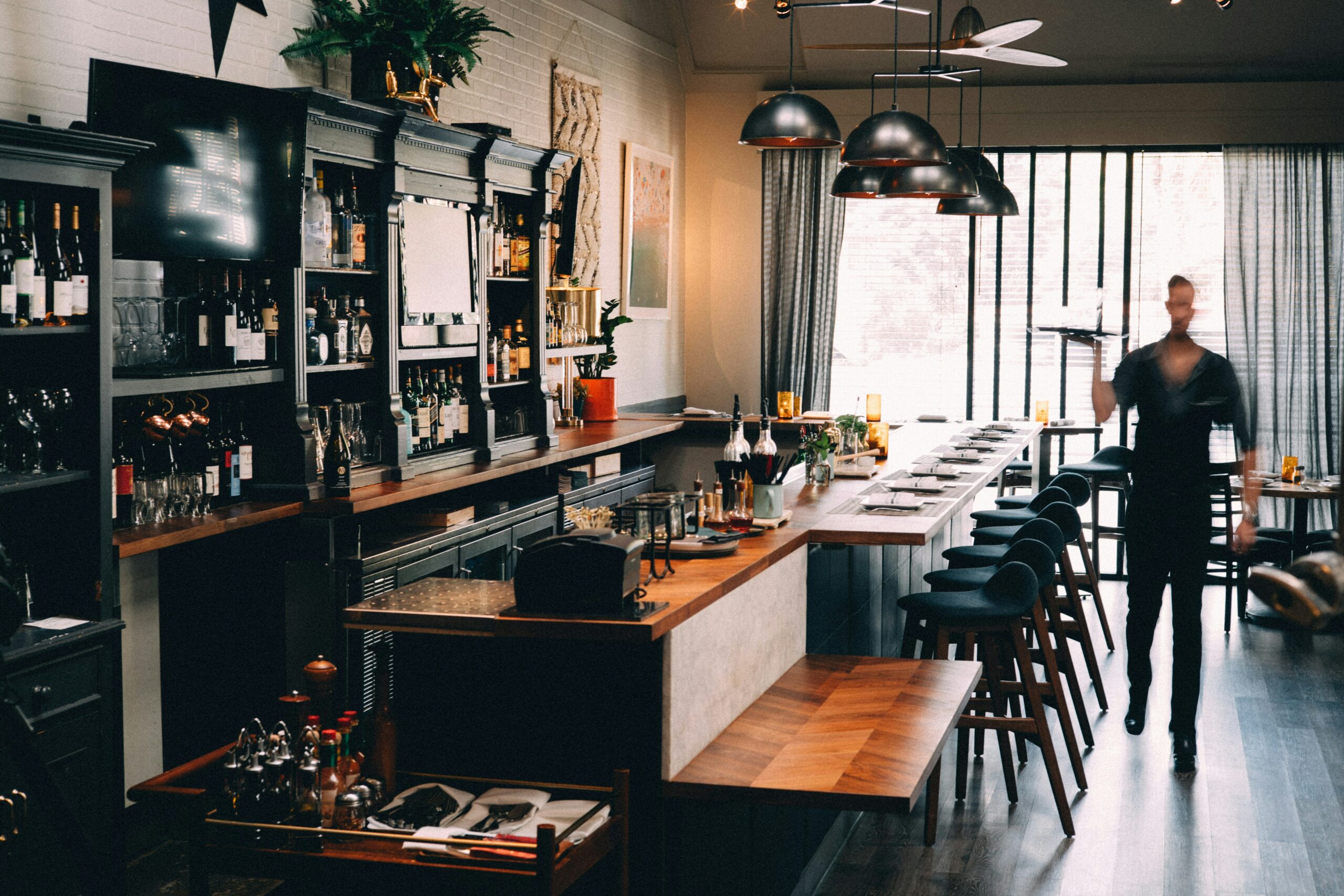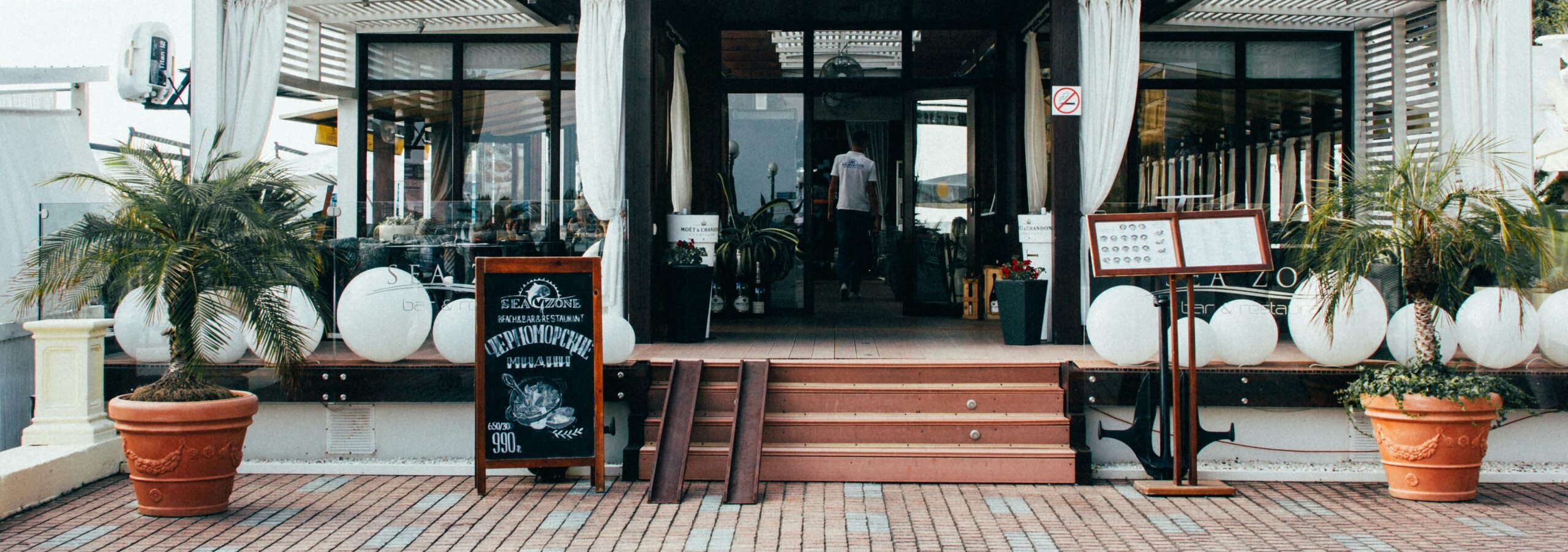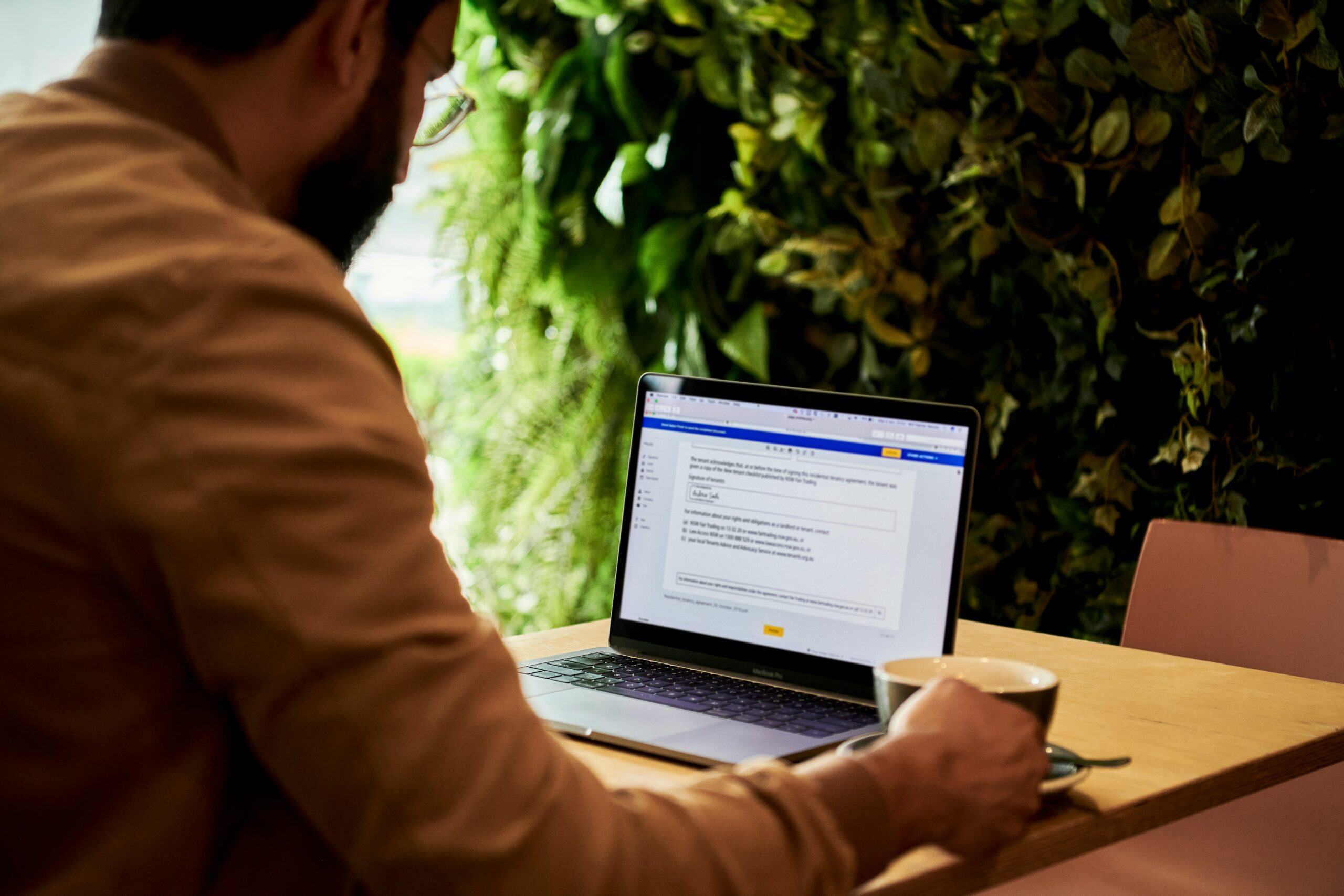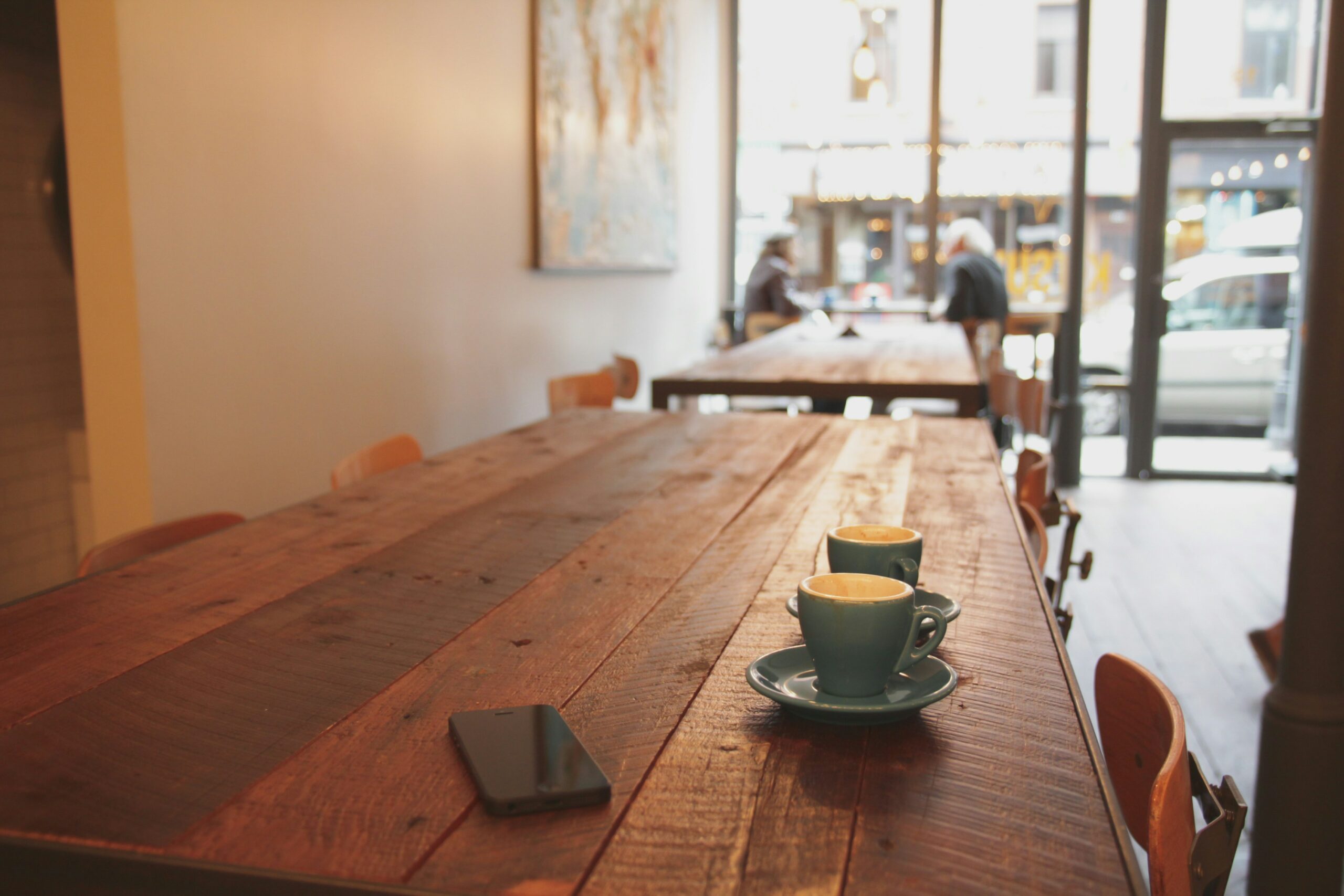Catering 2030: 5 trends to anticipate now
04 July 2025
If we'd been asked in 2020 what catering would look like in 2025, we certainly wouldn't have cited a pandemic, soaring material costs and a shortage of personnel.
And yet, the sector has adapted.
This ability to bounce back and innovate under pressure is the strength of the restaurant business. And this is what will enable us to cope with the changes that lie ahead.
2030 isn't that far away, but it's not a leap into the unknown either. The signs are already there: the rise of digital, ecological pressure, new customer profiles, the search for experience and meaning.
We take a look at the 5 mutations to anticipate, based on the "Horizon 2030"GECO Food Service, to stay in line and prepare for what's to come.
01. Digitization becomes structural: from order taking to HR management
By 2030, a restaurant without digital tools will no longer exist. These tools will be an integral part of a restaurant's operation, like the dishwasher or the cash register.
On the customer side, autonomy will become the norm
Menus on QR code, order and payment at table, Click & CollectReal-time monitoring of dish progress: everything that saves time in service while streamlining the customer experience is going to become widespread.
Customer experience becomes the backbone of service. And those who haven't adapted their operations risk being quickly sidelined.
"30% of fast-food orders are already placed online. And some chains are posting +20% in sales thanks to digital."Baromètre 2025 UXplorer Convergence x Food Chéri
On the management side, digital technology enables more detailed monitoring
With the rising cost of raw materials and ever-tighter trade-offs on portions, restaurateurs will have to monitor their ratios in real time: cost of materials, profitability per dish, monitoring of losses, hourly attendance, staff management. These are no longer "comfort" data, but essential tools for making the right choices quickly.
On the HR side, digital is becoming a lever for better recruitment and management
Shared access to schedules, leave management, briefing reminders, training tools : new generations expect a minimum of structure and transparency. Management in 2030 will be neither directive nor improvised.

02. Restoration under ecological and economic constraints
In 2030, restaurants will have to cope with two major pressures: ever-tighter profitability and increasingly stringent ecological requirements.
When it comes to costs, every choice counts
Rising raw material costs mean that we have to rethink portion sizes, adapt recipes and revalue unsold products. Trade-offs become a daily occurrence. Changing fish, slightly reducing the quantity, adjusting the price: this type of decision will become the norm. Those who are doing well have already moved on to fine-tuned ratio and supply management.
On the regulatory front, pressure is mounting
The law encourages the reduction of waste, the abandonment of disposables and the use of more energy-efficient equipment. It's not just a question of ticking off a checklist, but of anticipating to avoid penalties, extra costs or logistical bottlenecks. By 2030, ill-prepared establishments are likely to find themselves lagging behind, or out of the game altogether.
When it comes to organization, you have to do more with less.
Less energy, less waste, less margin for error... This implies better thought-out kitchens, adapted tools, and a real logic of sobriety. This is not a constraint imposed from outside, but a condition for continuing to produce, to serve, to exist.
03. Vegetal, personalization and health: catering reinvents itself
In 2030, we'll still be looking for taste, comfort and pleasure. But the plate won't look quite the same as it does today.
Plants take root for good
The share of plant proteins is growing, driven by public policies, canteens and consumers alike. The 50/50 target between animal and vegetable proteins is clear. The challenge is to create a real culinary identity around plants, without falling into cliché or bland compromise.
Better eating" turns kitchens upside down
Less salt, less sugar, less fat, but no less taste. With diet-related diseases on the rise, expectations in terms of nutrition will continue to rise. It's not a question of image, but of public health.
The plate will have to speak to very different profiles
Seniors, working people in a hurry, customers with dietary restrictions, young people who are very sensitive to ecological issues... We no longer serve a "typical customer". We have to deal with a wide variety of expectations, some of them conflicting. That's why it's important to offer easy-to-understand alternatives, without over-segmentation.
04. Tomorrow's customer? Older, but also more tech-savvy
The profile of the customer in 2030 will evolve on three fronts: age, digital uses and expectations.
An ageing population changes the game
By 2030, 1 in 3 French people will be over 60. This is not a niche, but a growing part of the customer base. Modified textures, redesigned portions, clear information: establishments that anticipate these needs will avoid losing a significant proportion of their clientele.
Increasingly solitary customers
One household in two will be solo. It's not just a number: this evolution is changing the way we eat: fewer dishes to share, more quick and flexible formats. And often, an implicit need for social ties.
Transparency becomes non-negotiable
Customers want to know what they're eating, where it comes from, and how it's cooked. They also want it to be clearly displayed. Those who remain vague will quickly lose the trust and bookings that go with it.
05. From restaurants to third places: experience becomes a powerful lever
In 2030, eating well will no longer be enough. It will also be necessary to provide good living. The plate remains central, but what surrounds it will weigh more and more in the decision to (re)come.
No longer just a place to eat
Customers also come for a change of scenery, to spend some time together. The atmosphere counts as much as the dish. The décor, the music, the lighting, the way the plates are presented... everything contributes to the experience. We're talking less about a "restaurant" and more about a place to live.
Hybrid formats take over
Boutique, gallery, coffee shop, shared kitchen, chef's residence, mini-scene... Walls become multifunctional to diversify flows, pool costs and create new opportunities for visitors. The restaurant opens up, literally and figuratively.
Events become part of everyday life
A guest chef on weekends, a special menu one evening a month, an impromptu tasting... These formats provide rhythm, curiosity and a good excuse to come back. The surprise effect becomes a real strategy.
2030 is already tomorrow.
Wondering where to start, what to prioritize, or how to move forward without turning everything upside down all at once?
Contact our team to discuss your needs and constraints, and find solutions that fit in with your reality on the ground.
Want to find out more? Here's how other restaurateurs have made the transition:
➜ 10.55: digital at the heart of the multi-leisure experience
➜ Le Palais Nancy: a hybrid food court for entertainment and dining













